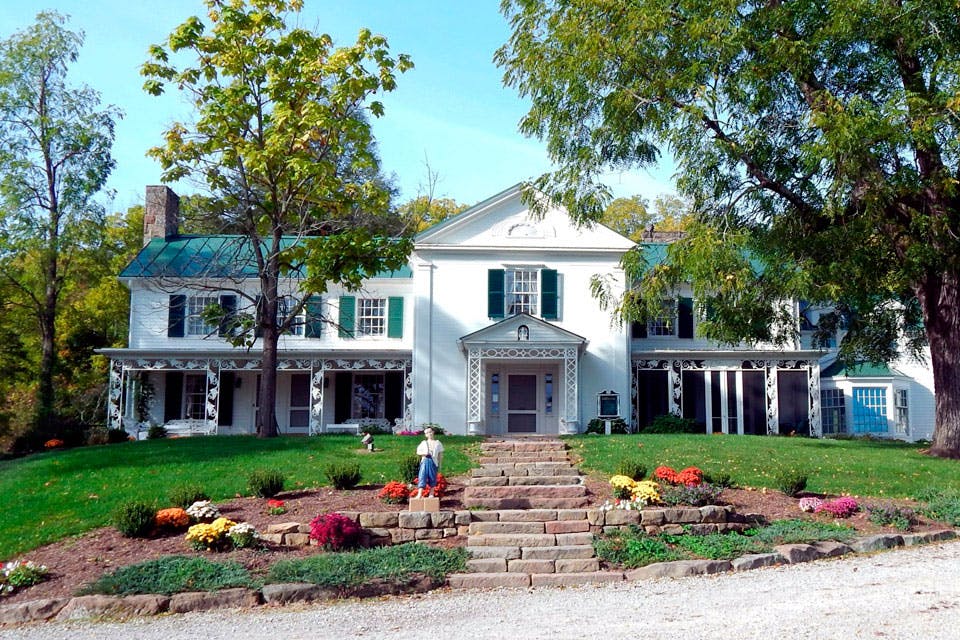Travel
Ohio Road Trips: Literary Tour
Learn about our literary masters at these destinations that celebrate the lives of great Ohio writers.
Related Articles

10 Ohio Road Trips to Take This Year
From our state’s only national park to museums dedicated to legendary women to incredible roadside art, these treks offer plenty of ways to make new memories. READ MORE >>

Celebrate Legendary Women at These 5 Ohio Museums
Visit these sites that honor individuals who left an indelible mark on history, from a pioneering suffragist to a famous sharpshooter to a literary icon. READ MORE >>

Engage Your Kids’ Sense of Wonder at 5 Ohio Science Centers
Curiosity fuels learning at these kid-focused destinations across our state that are filled with hands-on experiences, insightful exhibits and big fun. READ MORE >>



